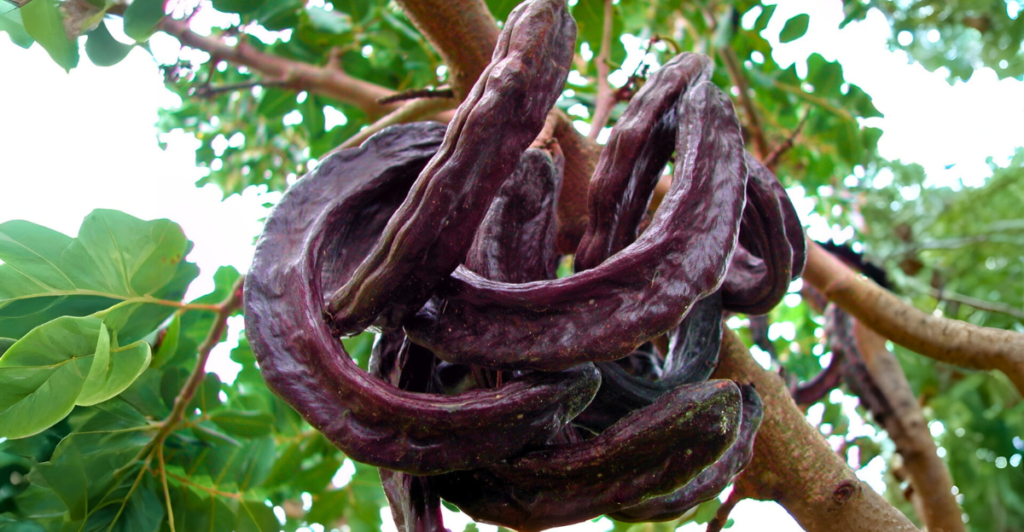
Scientists are working tirelessly to restore biodiversity and vegetation to barren lands across the Sahel-Sahara region in Africa. In total, 11 countries have banded together to fight against land degradation and restore native plant and animal life. This endeavor aims to prevent total desertification from climate change and poor land management in northern Africa.
Understanding Desertification
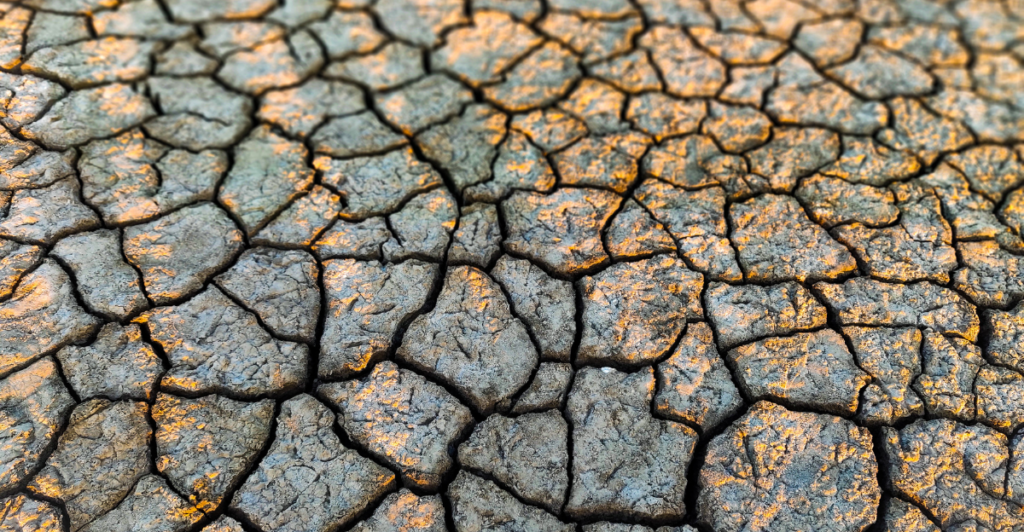
Desertification is the destruction of dryland ecosystems, which results in unproductive and infertile land. Drylands cover a third of the Earth’s land mass and are home to many rural communities whose livelihoods depend on it. Land degradation results from human activities, such as overfarming, and natural processes, such as overgrazing. Climate change and extreme weather are also common factors.
How Trees Combat Desertification
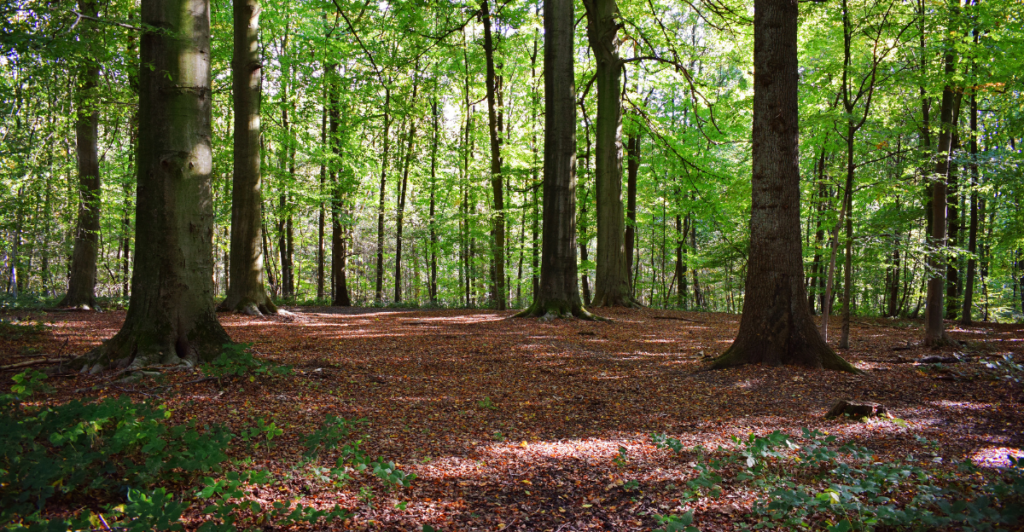
By using trees to combat desertification, we can retain soil moisture, which contributes to boosting ecological and dietary diversity, sequesters carbon, and improves soil fertility. Tree roots feed nitrogen into the soil and promote the growth of fungi and microbes, making nutrients available for vegetation. Leaf litter builds topsoil, helping it trap moisture. These processes help to enrich biodiversity.
The Effects of Desertification
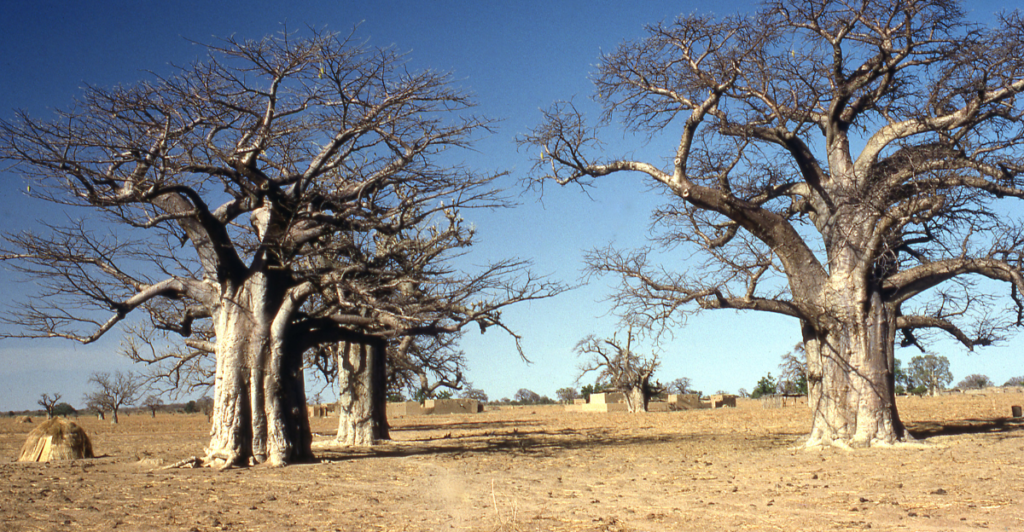
Desertification poses a serious threat to agricultural productivity, food security, livestock survival, and the quality of life in African countries. In sub-Saharan Africa, roughly 500 million people live on lands affected by desertification. Where there were once landscapes covered in plant and animal life, there is now near total or complete deforestation.
The Great Green Wall Initiative
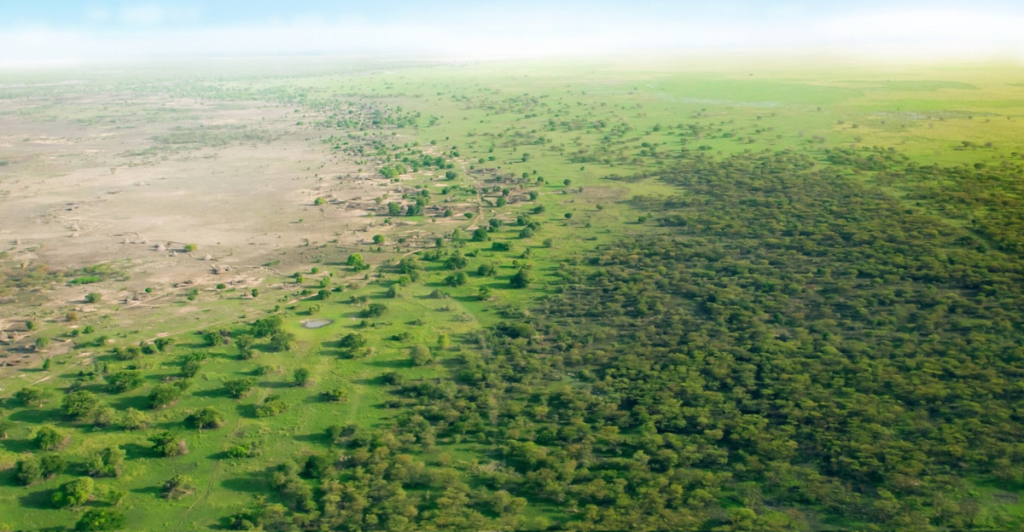
The Great Green Wall is designed to transform the landscape using agroforestry systems, which involve planting trees to provide families with a sustainable food source, livestock feed, and produce to sell. Initially, the initiative concentrated on land over nine miles wide and 4,831 miles long, spanning from east to west. However, the project has expanded into countries in both North and West Africa.
Planting Trees
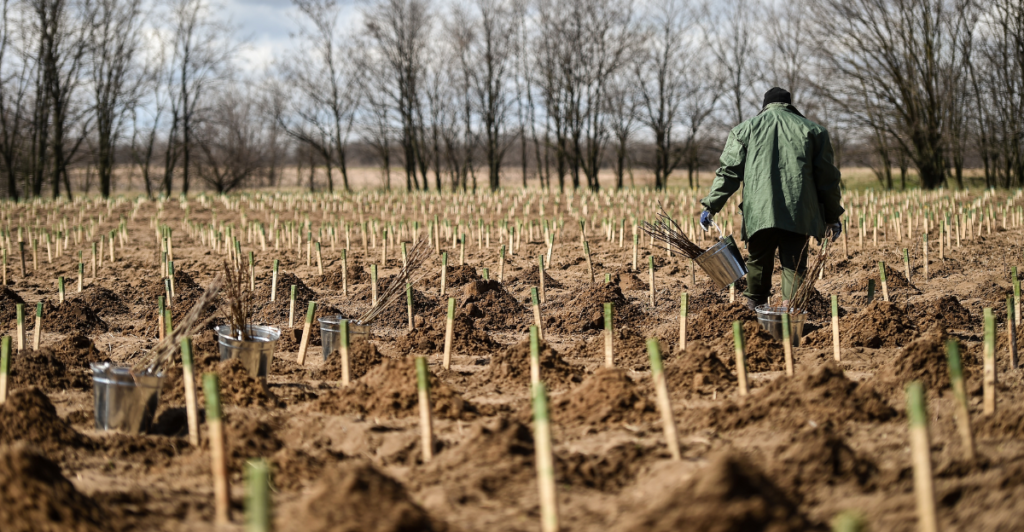
To ensure that soil remains fertile, communities grow trees amongst their crops, as leaf litter provides a regular supply of nutrients. Tree roots also hold the soil together, reducing erosion, and the trees act as windbreakers, protecting the soil from wind erosion. Tree shade helps reduce evaporation from soil and helps in hot climates.
Soil and Water Conservation
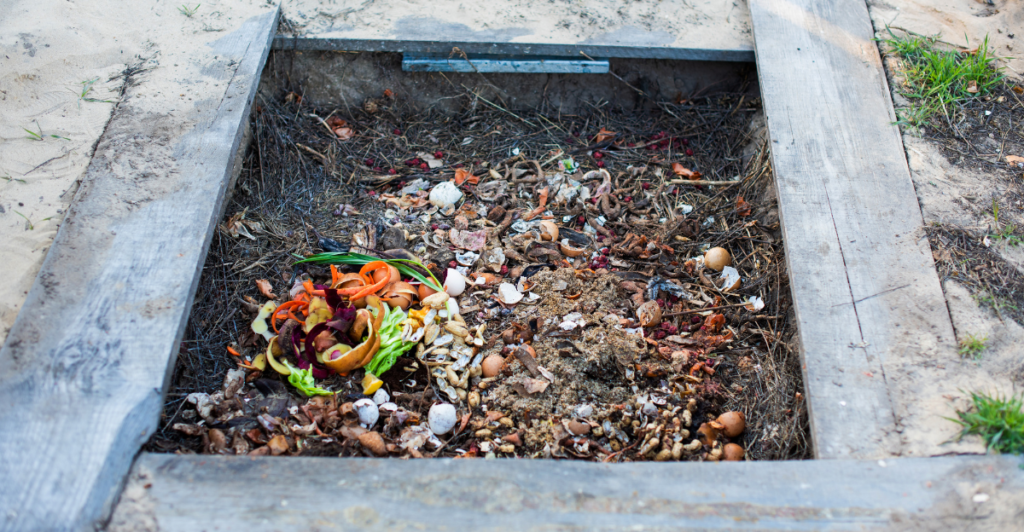
In addition to planting trees, communities can learn soil and water conservation techniques to strengthen their land during periods of drought and climatic stress. This is achieved by digging pits in the dry season and filling them with compost to conserve water and nutrients. The soil is then added to crops and trees before the rainy season ends.
Using Technology
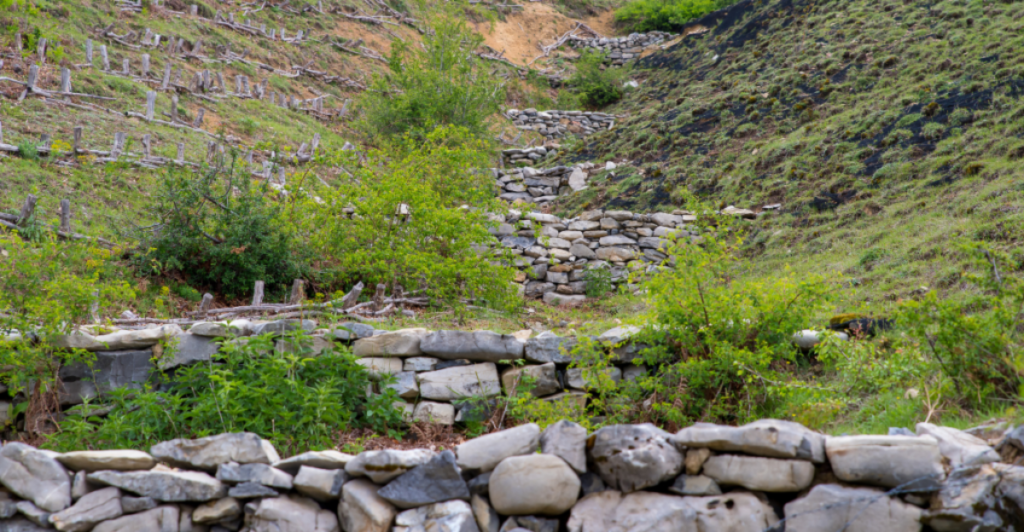
In an extremely poor country, using advanced technologies is out of the question. Instead, communities in sub-Saharan Africa are using cheap, sustainable, and available materials to address desertification. For example, stones are used to trap soil moved by high winds, which prevents erosion, reduces water flow, and increases water filtering into the soil.
Community Involvement
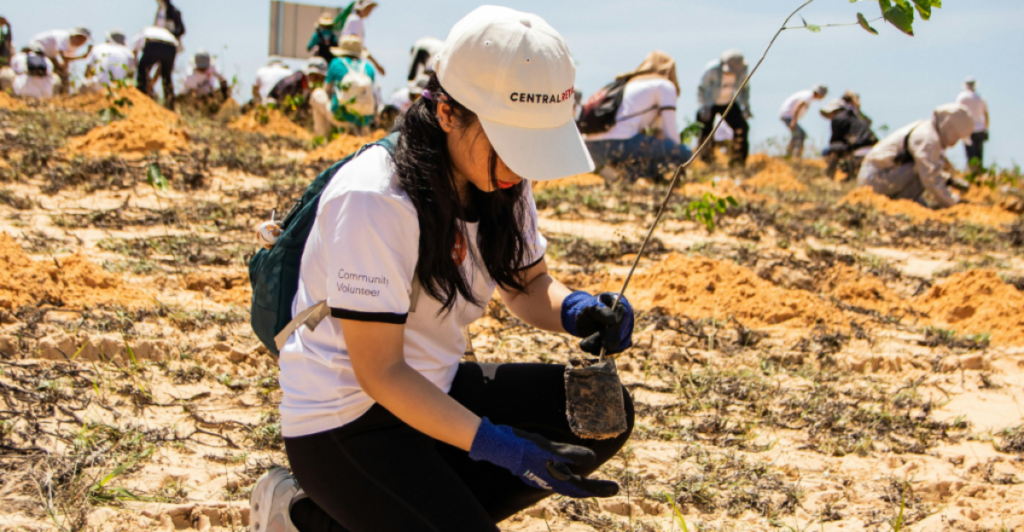
Tree Aid, working alongside the Great Green Wall initiative, is an international non-governmental organization (NGO) that works with communities in sub-Saharan Africa. The NGO helps plant trees to reestablish ecosystems, biodiversity, and issues of poverty. The NGO provides training on reforestation techniques, such as anti-erosive practices, and assists in natural regeneration to protect and grow young tree seedlings.
Challenges to Desertification Prevention Efforts
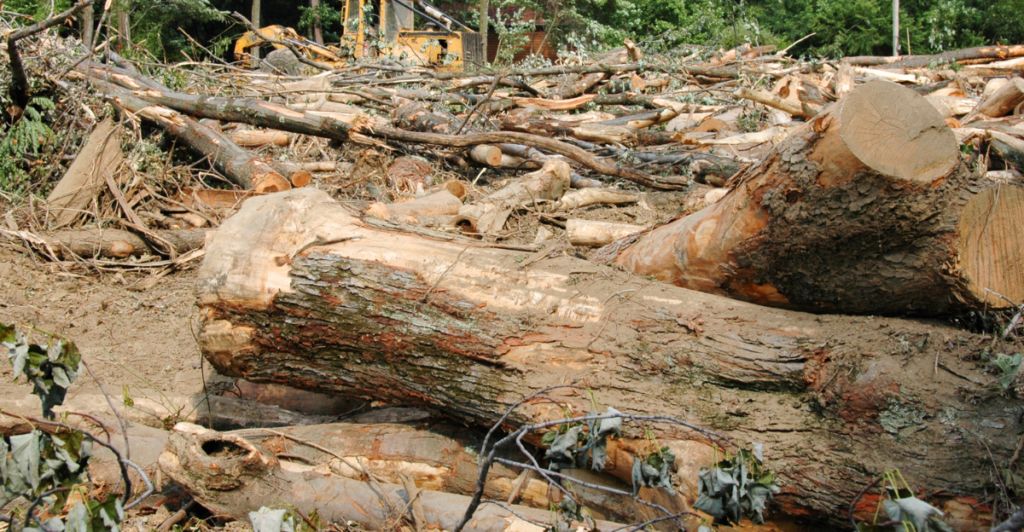
Despite the Great Green Wall initiative and other programs like Tree Aid, other concerns plague desertification prevention efforts. Forest lands are disappearing due to logging, agriculture, and construction, while the survival rate of planted trees is roughly 20% due to the extremely dry conditions in the region.
Political Threats in Africa
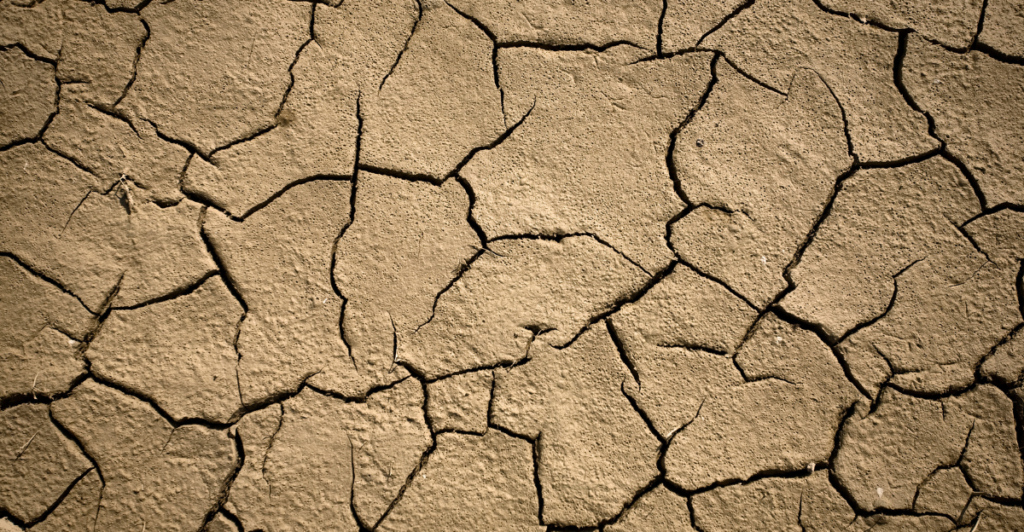
Aside from environmental challenges, many communities across northern and western Africa face political threats to prevent desertification. Governments have lost control of extremist groups such as Boko Haram, al-Qaeda, and the Islamic State, which has seen 4.2 million people displaced by both bought and political conflict. This lack of economic prospects aids these groups in recruitment as they offer employment and other goods that are not otherwise available.
Success Stories
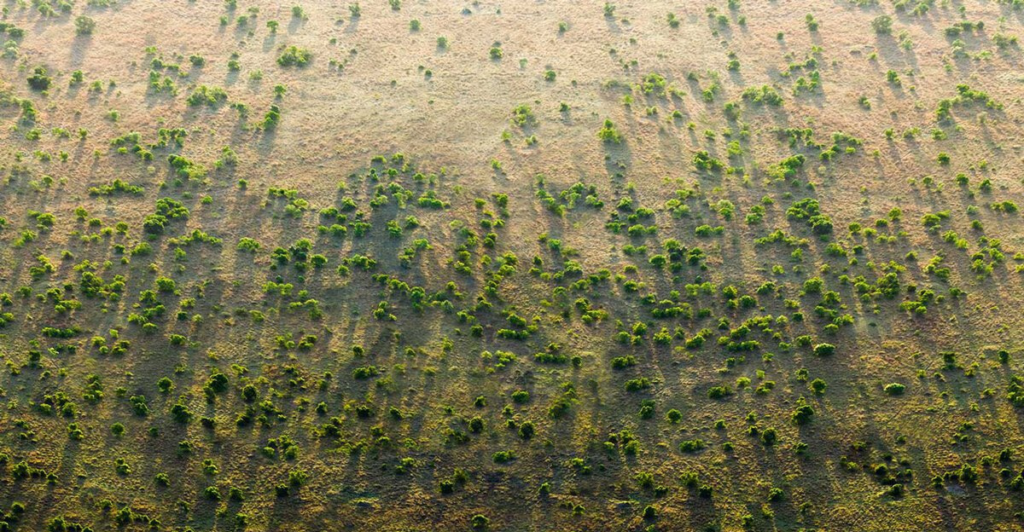
Thus far, 18 million trees over 99,000 acres of restored land have been planted in Senegal alone. Nine communal gardens are in working order in the area, and roughly 27 forage banks are feeding cattle. The area has seen the return of several animals, such as gazelles, tortoises, and songbirds. In Mali, Burkina Faso, and Niger, large areas are fenced off to allow grasslands to grow separately from grazing animals. The result, in Niger at least, is that 12 million acres of grassland has thrived over the last 30 years.
A Green Future
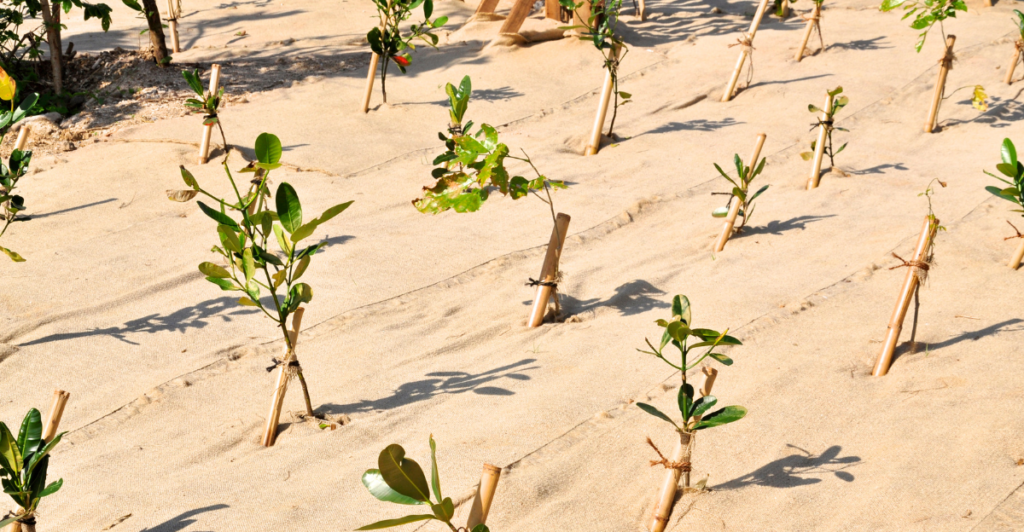
Reforesting and enriching dryland forests can promote a healthier, more biodiverse, and productive landscape. Farmers and communities can successfully restore previous dry lands with the right methods and education. This will ensure that the communities, plant life, and animals in the sub-Saharan thrive together. However, efforts at local and global scales are crucial in tackling the desertification and deforestation that threaten Africa’s drylands.







